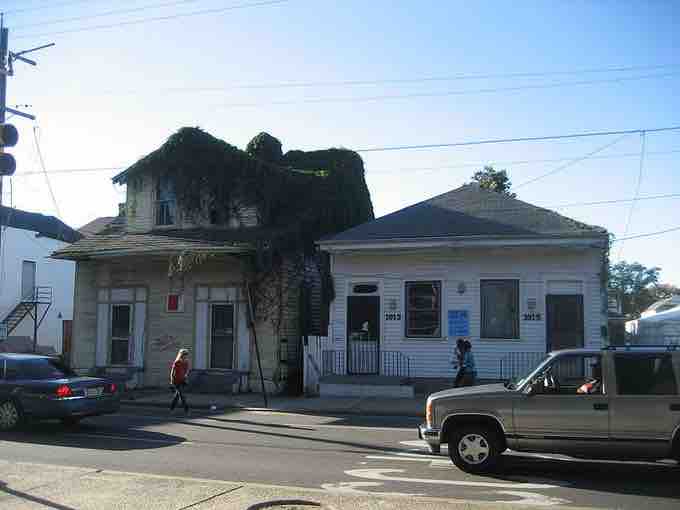In the United States, most public schools are funded primarily through local property taxes. As a result, schools in wealthier neighborhoods have substantially larger budgets, which translates into better facilities, better teachers, and better resources. Whereas some people laud education as the great equalizer, others observe the effects of school funding schemes and conclude that they actually reinforce inequality and stratification. According to the American dream, children should be able to use their education to achieve upward mobility. But unequal school funding may afford students from poorer families fewer opportunities, reinforcing the status quo.
Educational deficits resulting from inequality also affect future life trajectories. Colleges tend to draw students from a relatively advantaged background because of their high costs and stiff academic requirements for enrollment. What's more, because colleges want to maintain their rankings in various college ranking systems, colleges favor students with higher standardized test scores and aggressively recruit them using "merit" scholarships. In 2000, affluent students, students who could otherwise afford to pay for college, received "merit" scholarships worth 82% of the need-based aid received by students with the lowest family incomes. In other words, affluent students who can pay for college often do not have to because the advantages they received attending better elementary, middle, and high schools translated into higher standardized test scores, which are attractive to universities when it comes to recruiting. As a result, there is less funding available for students who actually need it. This ends up reinforcing the existing status hierarchy by keeping the affluent wealthy, and the poor unable to attend college.

Property Tax and School Funding
Since school funding is often based on property taxes, poorer neighborhoods may have less money available for schools.